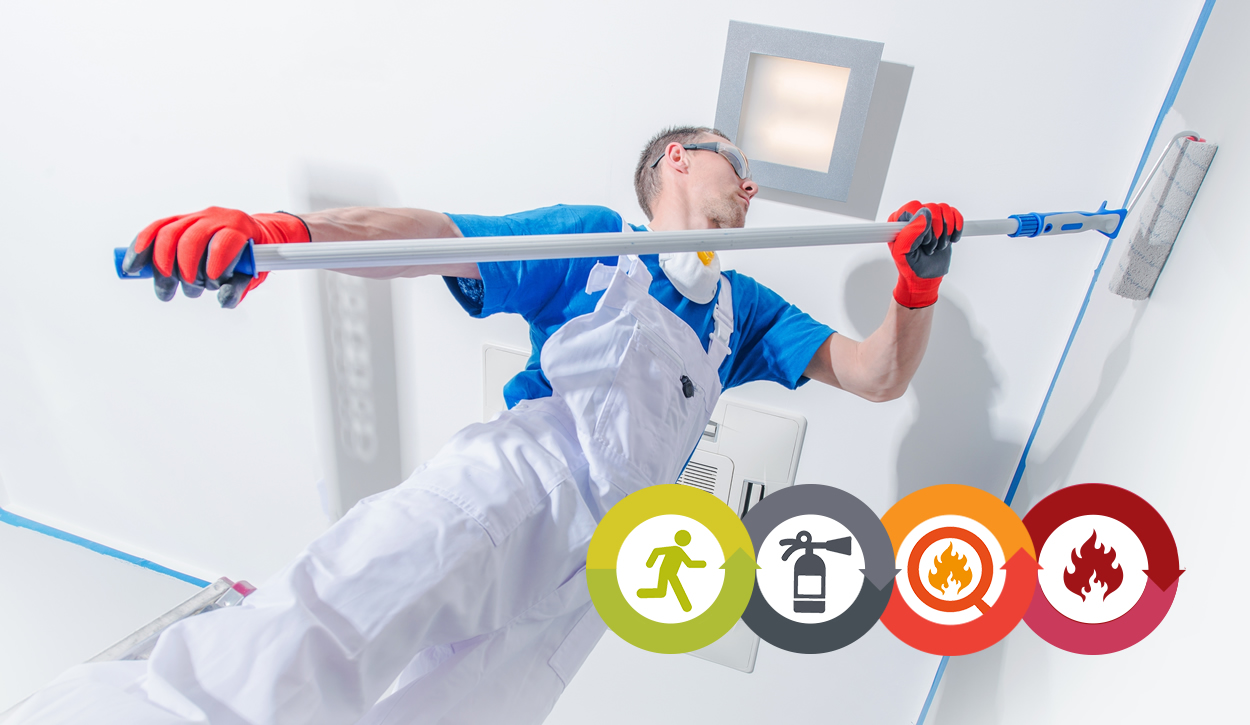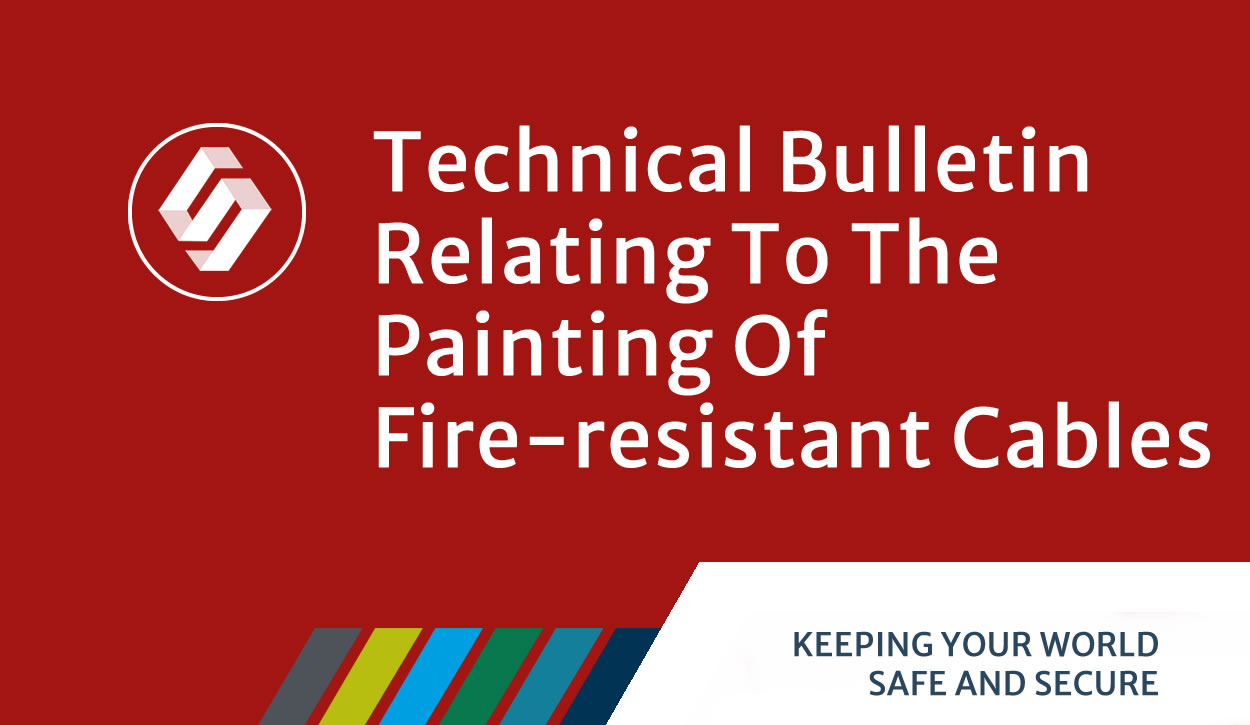Technical Bulletin Relating To The Painting of Fire-Resistant Cables
This technical bulletin delves into the repercussions of painting fire detection and fire alarm system cables, shedding light on its potential effects on cable integrity, fire resistance, and other hazards that may arise during a fire incident. While water-based paints pose less risk compared to oil-based ones, they still pose a threat to fire resistance and may release harmful gases. The act of painting may lead to manufacturers no longer guaranteeing the long-term fire resistance of cables post-painting. This bulletin is provided by the Fire Industry Association.

BS 5839-1 offers guidance on designing, installing, commissioning, and maintaining fire detection and fire alarm systems in non-domestic settings, recommending the use of either Standard or Enhanced grade cabling for FD&A systems. The Code of Practice stipulates that all cables utilized for fire detection and fire alarm systems should have a single common colour, with red being the preferred option, although other colours may be used. The cable colour for FD&A systems should differ from that of cables for other general electrical services within a building, ensuring clear distinction from other circuits.
Most grades of Standard or Enhanced fire-resistant cable feature a Low Smoke Zero Halogen (LSOH) sheath.
In general, water-based paints are suitable for application on LSOH cables. However, oil/organic solvent-based paints may cause swelling and softening of the cable upon short-term exposure, potentially leading to more severe integrity issues such as cracking in the long term. Cable manufacturers are unlikely to recommend the application of such oil/organic solvent-based paints.
Moreover, painting LSOH-sheathed cables raises significant concerns regarding their low smoke and/or zero halogen attributes during a fire incident. Paint containing chlorine compounds can increase the production of halogen gas emitted by the cable in a fire scenario. Additionally, the low smoke properties of the cable sheath may be compromised in painted areas, as paint tends to generate more smoke when burned compared to the cable itself.
It’s crucial to recognise that once a cable is painted, its condition differs from when it underwent testing according to BS 502002. As a result, manufacturers cannot guarantee the long-term fire resistance of the cable, regardless of whether the paint has any material reaction with the cable sheath in the short or long term. Caution should also be exercised when using intumescent paints on or around cables. While these paints may enhance fire performance compared to standard paints, the fundamental principle remains unchanged: the cable has not undergone specific testing, making it impossible for manufacturers to assure its fire resistance even with the use of such paints.
In certain cases, the utilisation of PVC sheathed cables within an FD&A (Fire Detection and Alarm) system or its associated systems may be deemed appropriate.
Typically, employing water-based paint poses minimal risk to the integrity of PVC-sheathed cables. Conversely, the situation varies when using oil-based paint. If solvents are included in the composition of water-based paint, they tend to evaporate rapidly, resulting in brief contact with the cable. Following consultation with cable manufacturers, the FIA observed no anticipated long-term adverse effects in this regard.
However, solvents present in oil-based paints can accelerate the leaching of plasticisers from the PVC cable sheath. This may lead to diminished mechanical strength, increasing the likelihood of cracking, brittleness, and reduced cable flexibility. Moreover, solvents or chemicals within oil-based paint could exacerbate the generation of smoke, acid gas, and the propensity for flame propagation in PVC cables.
Conclusion
In conclusion, when cables are directly clipped and thus exposed, there’s a possibility that they may be painted at some point during the system’s lifespan, typically during building decoration. While this alters the cable’s visual appearance, the original cable colour remains unchanged physically. Hence, there’s no necessity to propose a deviation from the recommendation in BS 5839-1.
It’s advisable for servicing and maintenance organisations to acknowledge the painting of cables in their Special Inspection/Takeover documentation and subsequent service records. However, this notation alone does not necessarily imply the need for cable replacement.
In cases where the original cable sheath markings, such as manufacturer details, cable grade, conductor size, voltage rating, and third-party approval, are likely to be obscured due to paint, it may be prudent to consider installing labeling or identification markers on the cabling. This ensures that the cables remain identifiable as FD&A cabling.
#FireAlarms #FireRiskAssessment #FireSafetyEquipment #FireAlarmMaintenance #AccessControl

